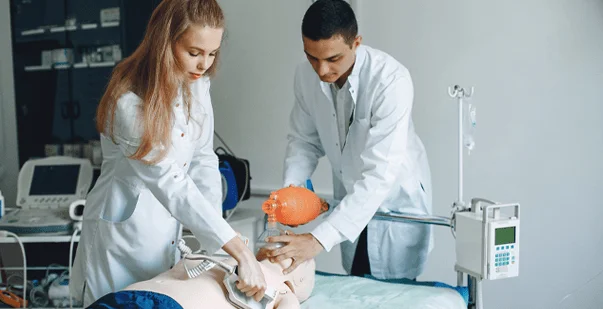More than 350,000 out-of-hospital cardiac arrests occur each year in the United States. Extracorporeal membrane oxygenation is an advanced life support technique that provides the return of spontaneous circulation. ECPR is superior to conventional cardiopulmonary resuscitation to improve survival chances. ECPR is successful in managing arrests secondary to cardiac and non-cardiac causes. This advanced support technique offers cardiac and pulmonary support and is similar to cardiopulmonary bypass. By playing a crucial role in managing cardiac arrest, it offers mechanical support to the heart and lungs. This restores circulation and oxygenation in patients who have failed to respond to cardiopulmonary resuscitation (CPR). In this blog, let us explore the role ECPR fills in cardiac arrest.
Master ACLS Now
Get ACLS certified with confidence
What is extracorporeal cardiopulmonary resuscitation?
The primary aim of extracorporeal cardiopulmonary resuscitation (ECPR) is to support end-organ perfusion. This helps initiate ECLS during cardiopulmonary resuscitation when there has not been any positive effect from cardiopulmonary resuscitation. By replacing conventional cardiopulmonary resuscitation (CCPR) with ECLS, it involves specialized equipment, timely interventions, and effective treatment. However, it is crucial to remember that ECPR is a complex intervention and needs a specialized team, equipment, and time.
Is ECPR superior to conventional CPR?
Yes, ECPR use for victims is advantageous and boosts survival outcomes. This improves as the duration of CPR increases. Patients rescued with ECPR experience higher survival rates after discharge. Moreover, cardiac arrest victims rescued with this method ensure improved neurological outcomes.
What role does ECPR fill in cardiac arrest?
ECPR involves using a cardiopulmonary bypass machine, which is similar to those used in cardiac surgeries. By taking over the function of the heart and lungs, it allows oxygenation of the blood and circulation outside of the body. The blood of patients is drained from the body through large catheters. This is followed by pumping through an oxygenator, increasing oxygen levels. Then it returns to the body with the help of another set of catheters.
Master ACLS Now
Get ACLS certified with confidence
Here is the role of ECPR in managing cardiac arrests:
- Provide circulatory support: ECPR bypasses the lungs and the heart and offers mechanical circulatory support to maintain the blood flow to vital organs and tissues. This helps manage cardiac arrest and treat it promptly.
- Facilitate cardiac recovery: ECPR can help reduce myocardial damage and help the heart recover its functioning. By allowing the delivery of oxygen, it sends nutrients to the heart muscle. This helps promote the potential restoration of cardiac activity.
ECPR is considered in a few cases, such as patients with reversible causes of cardiac arrest. Initiating ECPR needs a multidisciplinary approach and involves a team of specialists that includes cardiologists, emergency physicians, intensivists, and cardiothoracic surgeons. It is crucial to note that ECPR must be performed in specialized centers with appropriate equipment and expertise.
Read More: ACLS certification: What is it, and who needs it?
What are the indications for ECPR?
ECPR is beneficial in several cardiac and respiratory failure patients with reversible ethologies. This is used and studied in VF and is caused by left heart disease in most of the cases. When VF is refractory to traditional cardiac life support, then the survival rate is low. The indications of ECPR include young age, bystander CPR, young age, and correctable causes, including cardiac ethics. Patients with refractory ventricular fibrillation are a large population benefiting from well-developed ECPR programs.
Which patients are ideal for ECPR?
Consider ECPR in cardio-pulmonary arrest with a reversible etiquette. The ideal candidates are typically younger in age with fewer comorbidities and those witnessing cardiac arrest or a shockable initial rhythm on cardiac monitoring. While small, this is the first RCT to examine the efficacy of ECPR over standard of care.
How does the heart recover?
ECMO in cardiac arrest stabilizes patients with cardiogenic shock. There are, however, significant physiological changes occurring due to retrograde flow towards the aortic valve. This alteration increases the after-load pressure, which the injured ventricle needs to overcome. Ventricular over-distention can lead to pulmonary edema and arrhythmias. Clinicians recommend left ventricular venting with the help of medical therapy and a ventricular assistance device. These devices optimize flow while enabling myocardial recovery. Thus, patients surviving the early period are likely to survive when weakened shortly.
Read More: Importance of Learning ACLS
Conclusion
ECPR is an exciting rescue therapy that improves outcomes in cardiac arrest. By showing superiority over conventional CPR, the role ECPR fills in cardiac arrest is noteworthy. It is an essential tool in cardiac care and intervention. This is an example of successful implementation of ECPR from the prehospital arena to the intensive care unit. By playing a critical role in cardiac recovery and circulatory support, ECPR boosts survival chances and reduces the risk of fatal complications.







